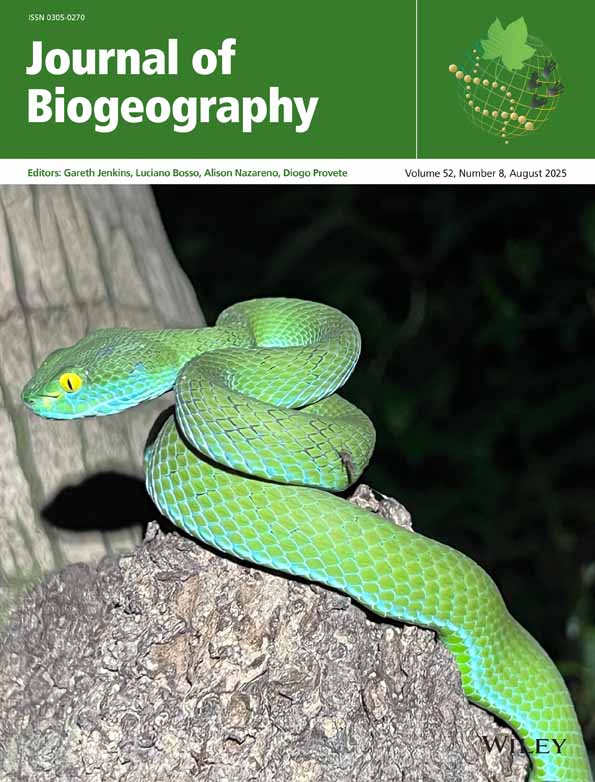Vegetation dynamics in central Africa since 18,000 yr BP: pollen records from the interlacustrine highlands of Burundi, Rwanda and western Uganda
Abstract
A standardized analysis of palaeoecological data, in the form of six pollen sequences and forty- four radiocarbon ages, has permitted a region-wide reconstruction of Late Quaternary vegetation dynamics for the interlacustrine highlands of central Africa.
A landscape widely dominated by ericaceous scrub and grasslands, but also supporting sparse patches of open-canopied montane forest, possibly in those areas with a topography most favourable to the growth of trees, is indicated for the last glacial maximum of 18,000 yr bp. Major expansions in the extent of upper altitudinal forms of montane forest occurred from around 12,500 yr bp, while lower moist montane forest—the expected climax for much of the region today—did not become prominent until 11,000 yr bp to 10,000 yr bp. From the palaeoecological evidence at least, it appears that the major east Central forest refuge, proposed by some workers on the basis of current species’ distribution patterns, did not extend to the eastern flanks of the Albertine Rift.
A late glacial–early Holocene transition is only fully chronicled in two of the sites. However, it appears that the expansion of lower montane forest had a time-transgressive pattern across the region, and was not simply from low to high altitude. The composition of forests during the early Holocene appears to have been different to that in the later stages of the present interglacial, as taxa presently associated with wetter and/or more open forest types were much more common. Pollen data also indicate that higher altitude parts of the interlacustrine highlands were more attractive to the earliest (possibly Bantu-speaking) farmers and metal-workers. There is evidence of wide-spread forest clearance around the beginning of the present millennium, possibly as a result of substantial changes in socio-economic conditions, and patterns of settlement, associated with the onset of the Late Iron Age.




